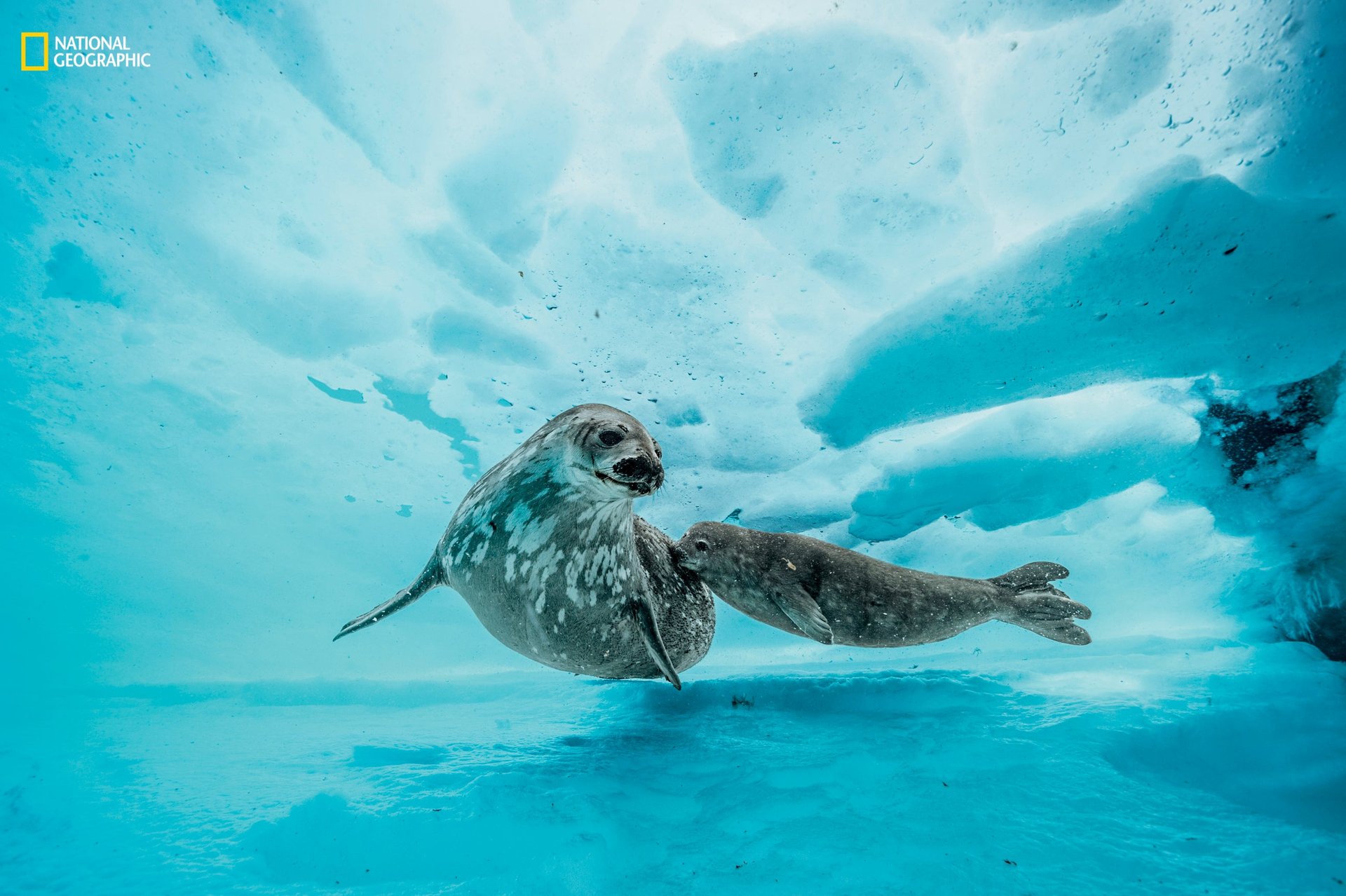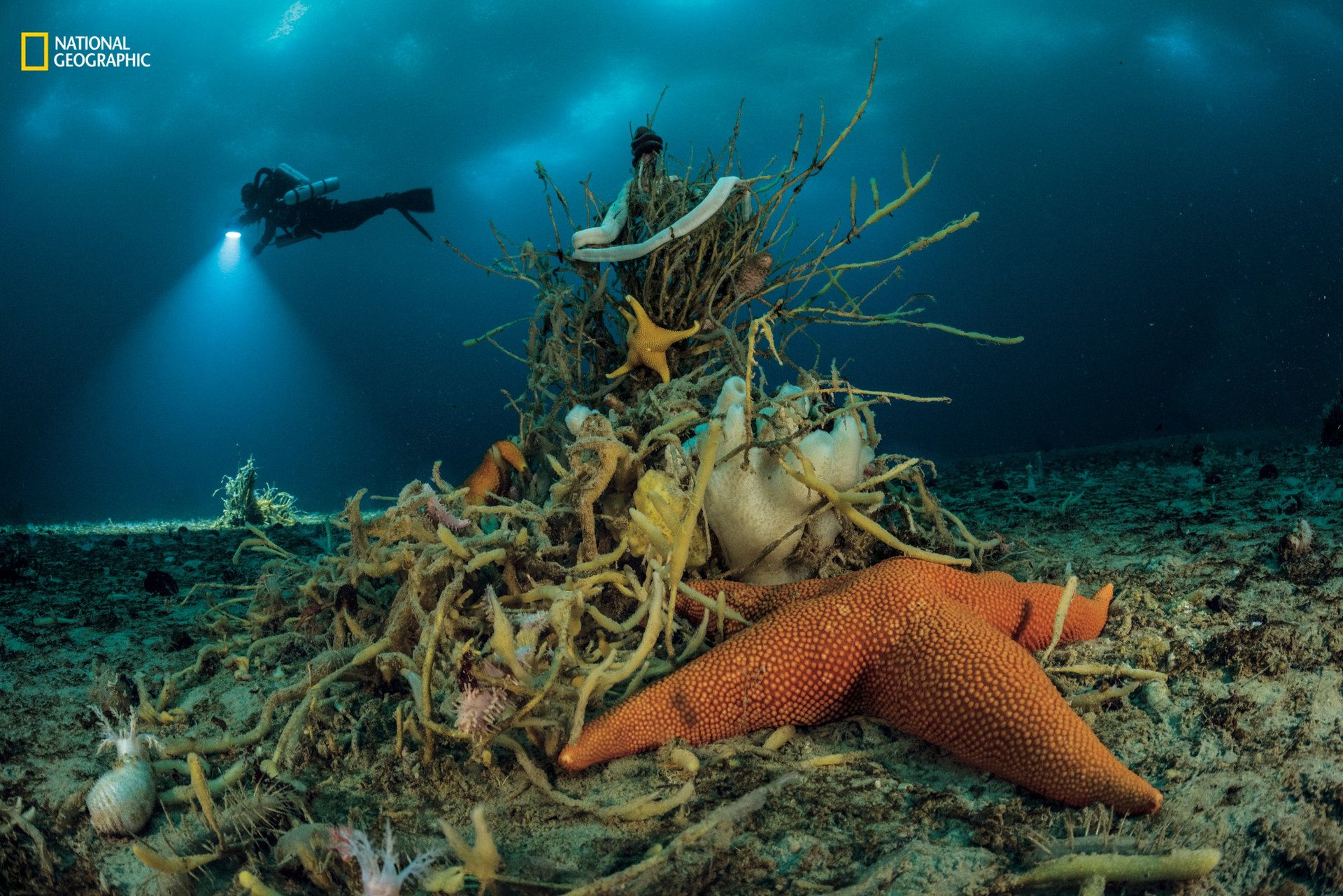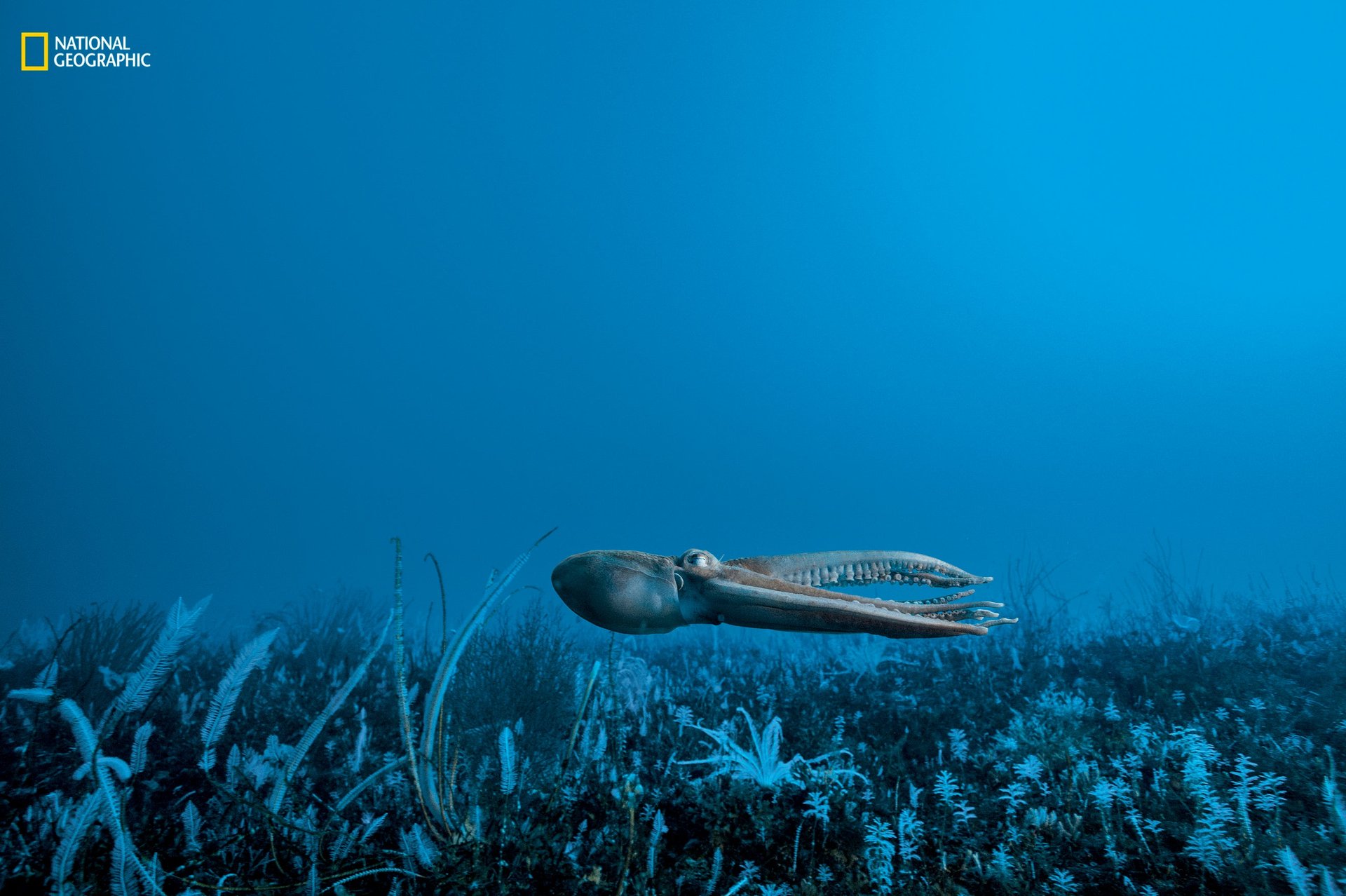National Geographic photos take you deep under Antarctica’s ice to reveal unexpected beauty
The cracking of the Larsen C ice shelf off the edge of Antarctica captured worldwide attention last week, with experts saying maps will need to be redrawn to accommodate the changes wrought by shifting polar ice.
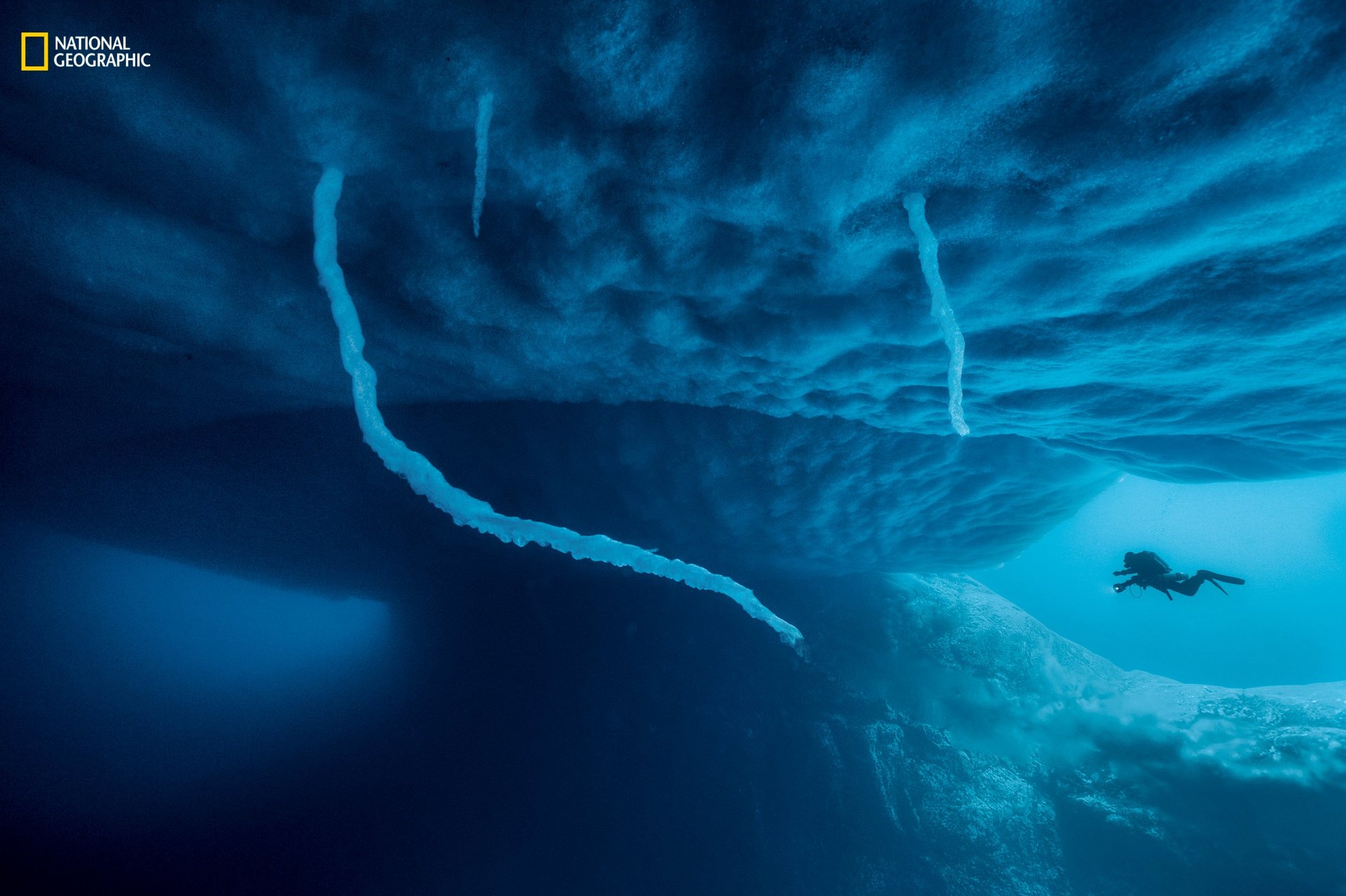

The cracking of the Larsen C ice shelf off the edge of Antarctica captured worldwide attention last week, with experts saying maps will need to be redrawn to accommodate the changes wrought by shifting polar ice.
National Geographic magazine has a particularly well-timed special report on Antarctica in crisis, highlighting the dwindling ice—along with images of the rarely seen biodiversity hiding underneath.
In the July issue, photographer Laurent Ballesta recounts his recent death-defying dives below the ice, a feat he took on more than 30 times over several weeks.
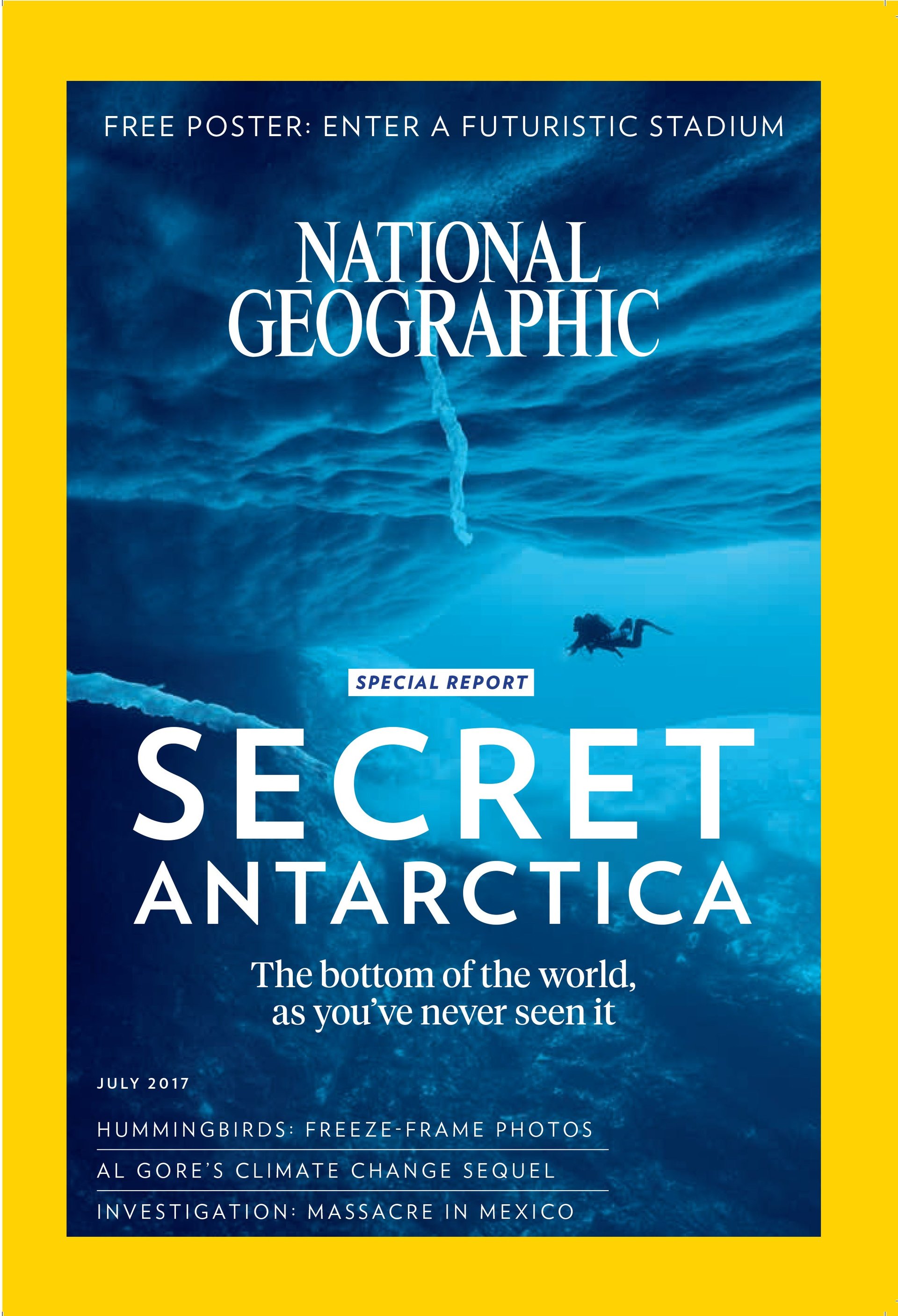
The salt water was only 29°F, so detailed planning and equipment were required. Just getting the in the water required a complex, multi-layer swimsuit, which took more than an hour to put on. Once in his suit, he descended through a narrow opening drilled into a 10-foot-deep floe, an entryway that would soon start freezing up behind him.
The cold, deep waters isolated from the rest of the world have developed a complex biodiversity over millions of years. Along with seals and penguins, Ballesta saw 15-inch starfish, octopi, scallops, and fields of kelp, While the environment on the surface ice remains inhospitable for most life, the world he explored under the ice were “reminiscent of tropical coral reefs”
